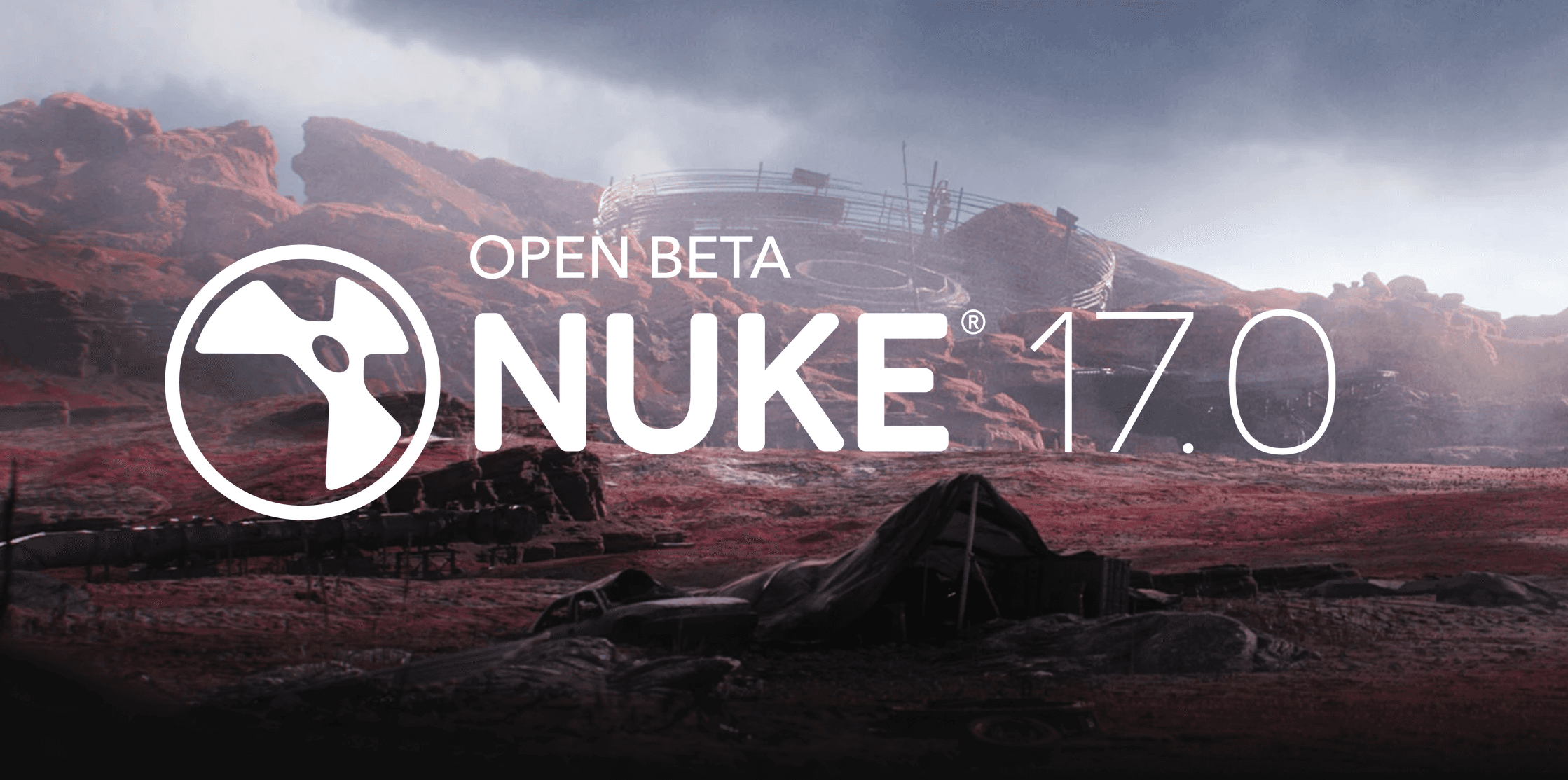

Michael Rubloff
Feb 12, 2025
Several months ago, GSOPs 2.0 brought Gaussian Splatting workflows into the hands of creators, researchers, and industry professionals into SideFX’s Houdini. Now, the next evolution has arrived: GSOPs 2.5. This latest update introduces a host of powerful new features, expanding the toolkit for interoperability, physics simulations, rendering, and coarse meshing while refining core functionality with major fixes and improvements. The pure breadth of what can be accomplished in Houdini makes this one of the most versatile Gaussian Splatting toolset in existence.
GSOPs 2.5 represents a significant expansion, pushing the boundaries of Gaussian Splatting even further. Here’s some of what’s new:
Expanded Coarse Meshing and Pipeline Interoperability.
One of the biggest additions in GSOPs 2.5 is the introduction of dependency-free coarse meshing, significantly improving 3D Gaussian Splat editing workflows. Coarse meshes serve as a "sparse node graph" for splat operations, offering a structured way to manipulate splats at different scales, bridge Gaussian Splatting with traditional 3D pipelines, and improve workflows involving relighting, physics, and reconstruction.
This addition makes Gaussian Splat-based workflows more practical and adaptable, ensuring that users can leverage the strengths of splatting without losing compatibility with conventional 3D modeling techniques. The new coarse meshing system offers a variety of tools to generate, refine, and manipulate mesh representations of splat data. These utilities allow for greater control over lighting, relighting, deformation, and integration into external pipelines.
To make node-based workflows more intuitive, GSOPs 2.5 introduces color-coded input and output pins based on data type:
* 🔵 Blue – Gaussian Splats
* 🟡 Yellow – VDB Data
* 🟣 Purple – Coarse Mesh
* 🌸 Pink – Other Data
This small but important quality-of-life improvement makes it easier to organize node graphs in Houdini, reducing confusion when working with large, complex workflows.
GSOPs 2.5 also introduces per-point and per-model spherical harmonics rotation, ensuring correct view-dependent effects for both rotated and deformed models. This new feature expands the possibilities for interacting with Gaussian Splats, enabling users to apply a wider range of techniques such as procedural deformations and both rigid and soft-body dynamics.
GSOPs 2.5 introduces functionality that offers a foundation point, allowing for the generation of baked assets directly from Gaussian splats.
GSOPs has also expanded their Tutorials & Documentation. There are also quite a few sample scenes and splats to help get you started with GSOPs. These scenes have been very helpful for myself to get started and familiarize with the Houdini platform. Some of these include Jello, Inflate, and Advect that allow users to manipulate splats in playful and physics-driven ways.
With this major update, some breaking changes will be introduced. Users should check the release notes for details on modifications that may impact existing workflows.
One of the developers behind GSOPs, David Rhodes, has been helping teach me Houdini over the past couple of weeks and it’s pretty incredible what you can do within SideFX’s software. If you’ve derived value from GSOPs and its innovative contributions to the radiance fields community, consider supporting the project.
GSOPs is actively used by professional artists and studios worldwide, and your support helps sustain its development. To make contributing even easier, the new version features a "Support GSOPs" button that makes donating a breeze!
As mentioned, GSOPs is completely free and can be downloaded from their GitHub here. The repository has steadily been growing, with almost 400 stars now. For a larger view of the updates that have arrived in 2.5, check out their GitHub ReadMe.







